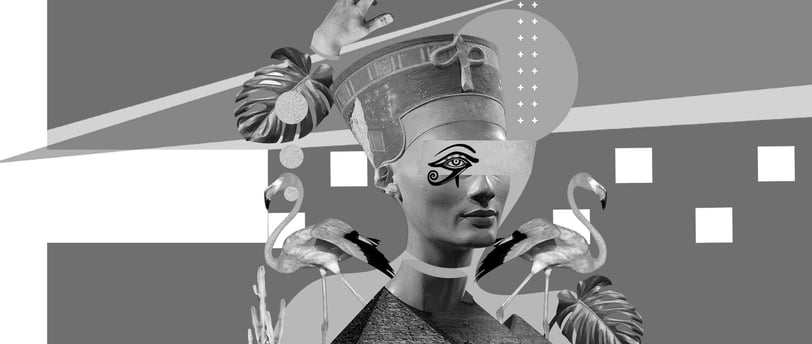The Art of Lateral Thinking
Unlocking the Complexity of Individuals Who Harness Both Sides of the Brain


In the realm of problem-solving and innovation, lateral thinking stands as a beacon of creative prowess, illuminating pathways beyond the confines of linear thought. Rooted in the concept of exploring unconventional approaches and connecting seemingly disparate ideas, lateral thinking embodies the essence of ingenuity and cognitive flexibility.
At the heart of lateral thinking lies the intricate interplay between the two hemispheres of the brain—the left hemisphere, known for its logical and analytical prowess, and the right hemisphere, revered for its creative and intuitive capabilities. While conventional wisdom often dichotomizes these hemispheres, portraying them as opposing forces, the reality is far more nuanced.
Individuals who master the art of lateral thinking demonstrate a remarkable ability to traverse the neural pathways that bridge these hemispheric divides. They seamlessly integrate logical reasoning with imaginative leaps, weaving a tapestry of ideas that defy traditional boundaries. This integration is not merely a matter of utilizing both sides of the brain in isolation, but rather a harmonious orchestration of cognitive faculties that transcend conventional modes of thought.
What sets lateral thinkers apart is their innate inclination to challenge assumptions, question norms, and view problems from multiple perspectives. They approach challenges with an open mind, unfettered by the constraints of preconceived notions, allowing for the emergence of novel insights and breakthrough solutions.
Moreover, the complexity of individuals who harness both sides of the brain extends beyond their problem-solving abilities. They often exhibit a rich tapestry of traits and behaviors that reflect their multifaceted cognitive landscape. These individuals are often described as adaptable, innovative, and empathetic, possessing a keen awareness of the interconnectedness of ideas and the human experience.
In essence, lateral thinking transcends the realm of cognitive aptitude, encompassing a holistic approach to creativity and problem-solving. It embodies a mindset characterized by curiosity, flexibility, and resilience—the hallmarks of individuals who navigate the complexities of an ever-evolving world with grace and ingenuity.
However, it is essential to acknowledge that mastering the art of lateral thinking is not without its challenges. In a society that often prioritizes conformity over creativity and efficiency over exploration, lateral thinkers may encounter resistance and skepticism. Moreover, the very nature of lateral thinking—its propensity for ambiguity and uncertainty—can be daunting for those accustomed to linear thought patterns.
Nevertheless, the benefits of cultivating lateral thinking skills are manifold. Not only does it foster innovation and adaptability, but it also nurtures a deeper understanding of oneself and the world at large. By embracing the complexity of individuals who harness both sides of the brain, we can unlock the full spectrum of human potential and usher in a new era of creativity and possibility.
In conclusion, lateral thinking represents a paradigm shift in our approach to problem-solving and innovation. It challenges us to break free from the shackles of conventional wisdom and embrace the boundless potential of our minds. As we navigate the complexities of an increasingly interconnected world, let us embrace the art of lateral thinking as a guiding light, illuminating the path to new horizons of discovery and growth.
